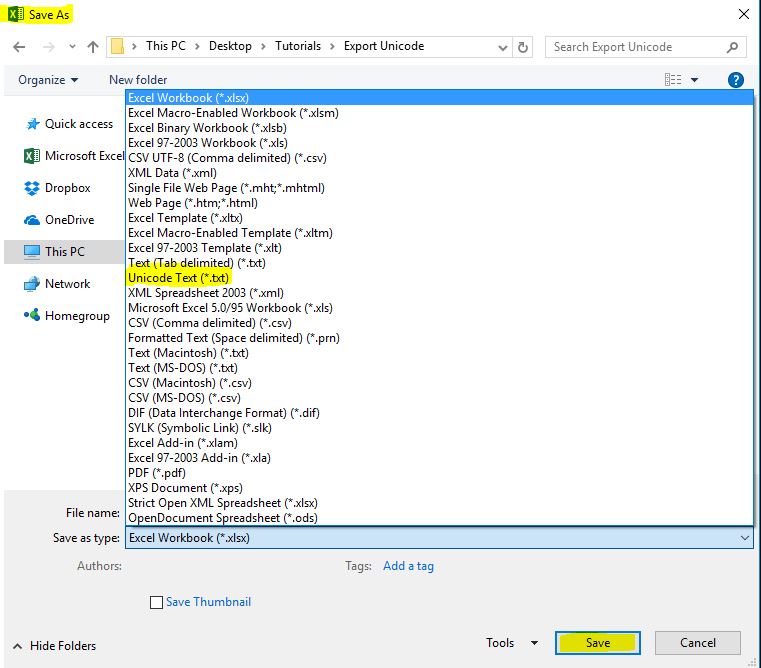On this page you will find all necessary information, files and hints for creating your catalogue with the help of Catalogue templates (Excel files).
The figure below shows the basic process of catalogue creation. This process is divided into four steps:
You will find more detailed information on this process under the next points.
Besides images (JPG, PNG, GIF), data sheets (PDF) and / or safety data sheets (PDF), a catalogue always consists of two files. One for the product information and one for the categorisation. You can download the templates for these two files here:
Explaining the templates:
products_CAT-ID_LANGUAGE.xls
→ In this template, you create the products line by line with the corresponding properties, conditions, packaging scope etc..
categories_CAT-ID_LANGUAGE.xls
→ In this template, you define a product group system to which you can later assign the products.
Because each catalogue on the Mercateo platform consists of both products and categories two files are needed to create a catalogue. For this reason, you will find instructions for the products file and for the categories file linked below.
→ Products – manual
→ Categories – manual
The following overview of mandatory fields may also be helpful:
|
Important notes: → Please do not change the order of the columns |
To be on the safe side we recommend to save the Excel sheet after each editing.
Our system can only process text files. Therefore, you have to convert the Excel file into a text file before uploading.
To save an Excel sheet as a text file please choose file type „Unicode Text“ in Excel:
Please make sure that the files meet the following requirements:
→ File extension: .txt
→ Encoding: UTF-8 or UTF-16
→ Delimiter: TAB or semicolon (;)
→ For a line break ‚Carriage Return + Line Return‘ (CRLF or \r\n) has to be used
Naming of the products files:
→ products_CATALOGUE-ID_LANGUAGE.txt
→ e.g.: products_4321_eng.txt
→ e.g.: products_B1234_fra.txt
Naming of the categories file:
→ categories_CATALOGUE-ID_LANGUAGE.txt
→ e.g.: categories_4321_eng.txt
→ e.g.: categories_B1234_fra.txt
Note:
→ The CATALOGUE-ID will be provided by Mercateo
→ Use the LANGUAGE code according to ISO-639-2
Uploading the files to Mercateo:
Both text files are transmitted via FTP to Mercateo. An FTP client can be used for this purpose (e.g. FileZilla).
Information on how the transfer itself works can be found under Data transfer via FTP.
Prerequisite for uploading and processing:
→ Both files must be deployed at the first transmission (later on you can transmit only the file you want to update)
→ Both files must have the same delimiter (TAB or semicolon)
→ Both files are to be properly named
Assignment to FTP directories:
So that Mercateo is able to assign your files correctly it is important for you to copy them in the suitable subdirectories upon their transfer:
| Text files | ./CatalogID/catalog |
| Images | ./images | Data sheets |
→ Each catalogue has its own FTP directory
→ The catalogue-ID in the file name should match to the name of the FTP directory
|
Example: You have received the catalogue-ID 9876 from Mercateo. → The text files should be transferred to FTP directory 9876/catalog |
Processing after the upload:
Your catalogue files will technically checked and converted automatically into the Mercateo internal catalogue format (based on BMEcat 1.2). This might take between 30 and 60 minutes.
Afterwards, you can check your data in the catalog management tool:
→ catalog management tool
→ Instructions for the catalog management tool
→ To log in please use the access data for your customer account or from your supplier registration


